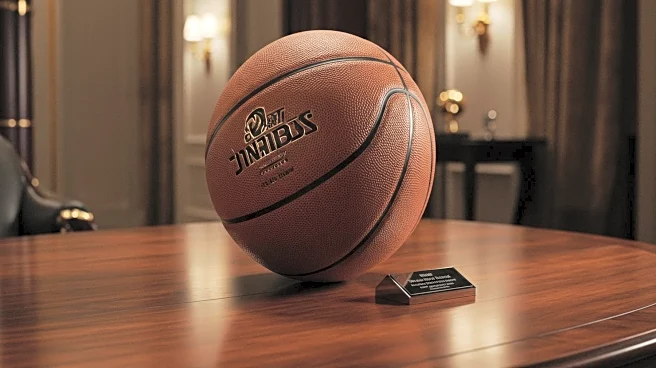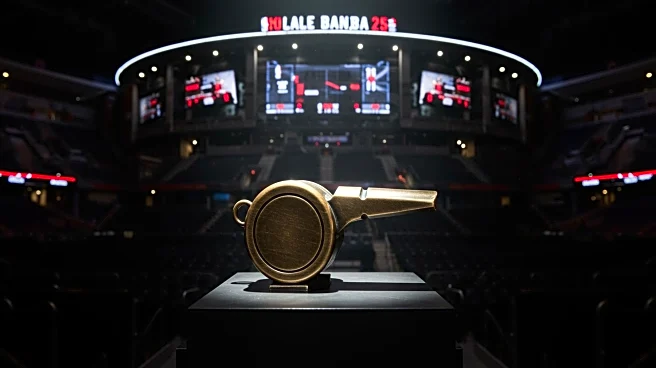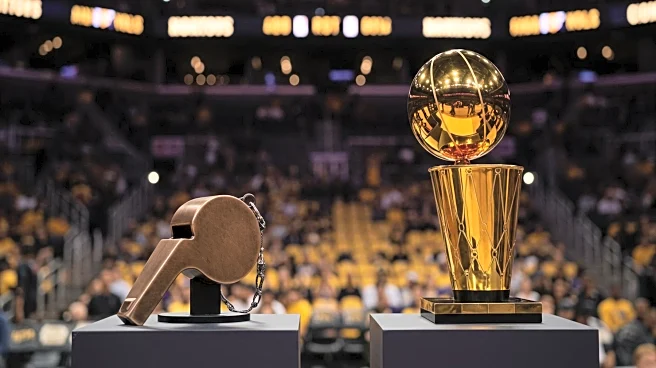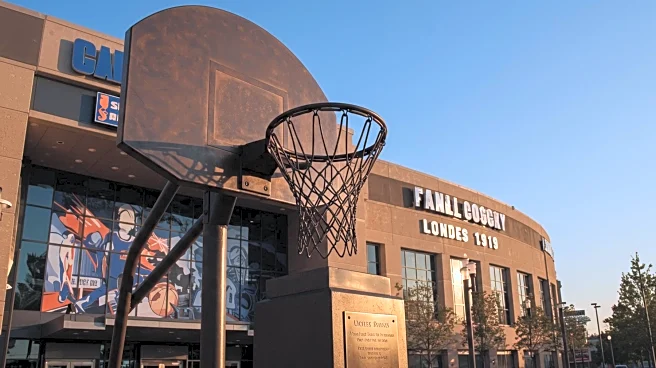What's Happening?
A basketball card featuring the late Los Angeles Lakers star Kobe Bryant has been sold for $2.3 million, setting a new record for the highest price paid for a Bryant card. The sale reflects the growing value of sports memorabilia, particularly items associated with Bryant, whose popularity surged following his tragic death in a helicopter crash in January 2020. The previous record for a Bryant card was $2 million, set in 2022. Other Bryant memorabilia have also fetched high prices recently, including sneakers and jerseys worn during significant games.
Why It's Important?
The sale of Kobe Bryant's basketball card for a record sum highlights the increasing value of sports memorabilia, particularly those associated with iconic athletes. This trend has been amplified by the COVID-19 pandemic, which saw a spike in the value of collectible items. The high prices paid for Bryant memorabilia underscore his enduring legacy and the emotional connection fans have with his career. This development may influence the sports memorabilia market, encouraging collectors and investors to seek out rare items, potentially driving prices even higher.
What's Next?
The record-breaking sale of Bryant's card could lead to increased interest in sports memorabilia auctions, with collectors and investors looking to capitalize on the rising market. Auction houses may see a surge in demand for items associated with other legendary athletes, potentially leading to more record-breaking sales. Additionally, the trend may prompt more individuals to invest in sports memorabilia as a lucrative asset class, further driving up prices and competition in the market.
Beyond the Headlines
The sale of Bryant's card for $2.3 million not only reflects the financial value of sports memorabilia but also highlights the cultural and emotional significance of such items. Bryant's legacy as a basketball icon and his tragic passing have contributed to the high demand for his memorabilia, serving as a reminder of the impact athletes can have on fans and collectors. This phenomenon may lead to ethical considerations regarding the commercialization of personal and historical items, prompting discussions about the balance between profit and preserving legacy.











